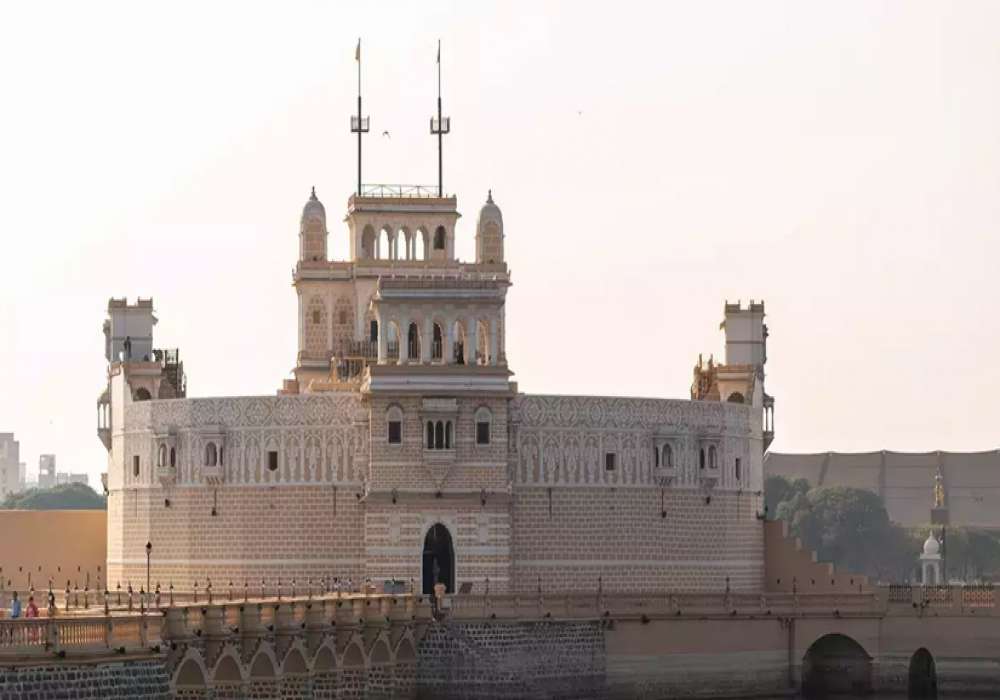
Last Updated At: 02-May-2025
15 Famous Forts in Gujarat 2025
If one can relate to a location on a deeper level, one can virtually hear the noises of the historical events that have occurred there. Nowhere is this tendency more evident than in old forts, and ancient forts in Gujarat are no exception. In Gujarat, forts are often constructed of stone and embellished with arches and large gates. Even though the basic concept hasn't changed, developments in military technology have led to changes in architecture and design.
These well-known forts in Gujarat are visited during some of the best road journeys in Gujarat, and they narrate the glorious tales of times gone by:
List Of 15 Historical Forts to Visit in Gujarat 2025
Visit some of the most amazing forts in the state and know about the rich historical legacy. Here are some of the Famous forts in Gujarat mentioned beneath:
Diu Fort. Arabian Sea On Three Sides
- Lakhpat Fort. Historic Fort Surrounded By Vast Desert
- Roha Fort. Place of Royals
- Indragarh Fort. A Symbol of Strength and Timeless Beauty
- Champaner Fort. Intricate Architectural Details
- Surat Castle. Defence Structure for The Ruling Authorities
- Uparkot Fort. Insights into India's rich historical and cultural heritage
- Lakhota Fort. Beautiful Fort on Lakhota Lake
- Pavagadh Fort. UNESCO World Heritage Site with Ropeway Access
- Dabhoi Fort. Unique Blend of Hindu and Islamic Architecture
- Dhoraji Fort. A Mix of Rajput and Mughal Architecture
- Bhujia Hill Fort. Panoramic Views and Historical Significance
- Ilva Durga Fort. Ancient Fort with Temples and Stepwells
- Zinzuwada Fort. Masterpiece of Military Engineering
- Tera Fort. Historical Site with Unique Architecture
1. Diu Fort - Arabian Sea On Three Sides
During the colonial era, the Portuguese constructed the fort at Diu. This Ancient fort in Gujarat is situated on Gujarat's western coast. The Portuguese occupied this fort, built in 1535, for 424 years. Within the fort, there are three churches, along with a Shiva temple. In Gujarat, this is a popular tourist destination.
- Timing: Sunrise to Sunset
2. Lakhpat Fort - Historic Fort Surrounded By Vast Desert
Would you think a town could exist within a fort? That is a fact. A little settlement called Lakhpat is found inside the Lakhpat fort and is part of the Kutch district. Given that it links Gujarat and Sindh, the town has been of utmost significance to the state. Jamadar Fateh Muhammad constructed the 7-kilometre fort in 1801. Consider visiting forts in Gujarat at sunrise or sunset for a beautiful landscape perspective.
- Timing: 6 am to 6 pm
Read More : Places To Visit In Gujarat
3. Roha Fort - Place of Royals
The Roha Fort is situated in the village of Roha, about 50 kilometres from Bhuj. The Historical forts in Gujarat cover 16 acres and served as Rao Khengarji I's administrative centre from 1510 to 1585. Around 120 Rajput princesses from the Soomra clan committed suicide at this fort because they preferred to die rather than be captured by the invaders.
- Timing: 6 am to 6 pm
4. Indragadh Fort - A Symbol of Strength and Timeless Beauty
Indrasal Singh Hada built the Indragadh Fort in the 17th century. The ancient forts in Gujarat, next to a mountain, are distinguished by their unusual design of enormous walls and four gates. Within the walls of this fort are three palaces. Janana Mahal, Supari Mahal, and Hawa Mahal were the given names of the palaces.
- Timing: Throughout the year
5. Champaner Fort - Intricate Architectural Details
During the reign of Champaner, Forts in Gujarat were built around the city. You will find a few remnants of the old fort now, but you may still tour its enormous structure. Try reaching the fort's pinnacle to get a fantastic view of Champaner.
- Timing: 8.30 am to 5 pm
6. Surat Castle - Defence structure For The Ruling Authorities
A historic structure constructed in the 16th century, Surat Castle was once known as the Old Fort of Surat. Sultan Mahmood-III of Ahmedabad took the initiative to start construction on the fortress, and he gave it to Turkish soldier Safi Agha. In 1546, the castle was finished.
- Timing: 10 am to 6 pm
7. Uparkot Fort - Insights into Rich Historical and Cultural Heritage
One of Gujarat's oldest forts is likely Uparkot Fort. Some of the walls of this over 2,300-year-old fort have a height of almost 20 meters. Under the fort's walls, a moat that was 300 feet deep once housed crocodiles. Step wells and caves are still present within the fort. The Turks brought Manek along with Neelam, two of the most significant attractions in this area. A fort tour costs Rs 25, which is the entrance fee.
- Timing: 8 am to 6 pm
Read more : Foods Of Gujarat
8. Lakhota Fort - Beautiful Fort on Lakhota Lake
Maharaja Ranjit Singh constructed the Lakhota Fort in Jamnagar in the nineteenth century. Located on a rock in the middle of Lakhota Lake, it was meant for defence. Today, it is a museum with artefacts and the history of Jamnagar and its people. The fort is located on a hill and offers splendid views of the surrounding area, making it a point of interest for people interested in the forts of Gujarat. It is also a place of historical value; therefore, the museum gives a glimpse of the culture of the people in that region.
- Timing: 10 am to 6 pm
Read More : Lakes In Gujarat
9. Pavagadh Fort - UNESCO World Heritage Site with Ropeway Access
Pavagadh Fort is situated in the Panchmahal region of Gujarat, which is in the vicinity of Baroda. Constructed in the eighth century by the Solanki dynasty, this site is a part of the World Heritage Site and can be accessed through the ropeway, which makes the visit more enjoyable. It is a historical building with a unique architecture that makes it stand out from other structures. There are many interesting sites to visit, such as the temples and the magnificent views at the top of the hill. Pavagadh Fort is one of the historical forts of Gujarat that depicts the historical facts of the region.
- Timing: 8 am to 6 pm
Read More : Waterfalls In Gujarat
10. Dabhoi Fort - Unique Blend of Hindu and Islamic Architecture
Known for its Dabhoi Fort, this historical city was established by King Waghela in the 13th century at the confluence of the Mahi and Orsang rivers. Being a Hindu and Islamic architectural hybrid, the fort was a business and trading hub. The fort, with a square plan and the moat, was an important focus of linen production and commerce. Dabhoi Fort is one of the famous forts of Gujarat and is a splendid example of the fort of Gujarat.
- Timing: 9 am to 6 pm
Read More : Beaches In Gujarat
11. Dhoraji Fort - A Mix of Rajput and Mughal Architecture
Dhoraji Fort is said to have been founded in the 18th century in Rajkot. It was a fort and a military base for the rulers of Dhoraji. This blend of Rajput and Mughal architecture incorporates a palace and a temple into the complex. The fort is an important historic structure, and the people visiting the place can learn a lot about the area's history. Of all the famous forts in Gujarat, Dhoraji Fort is one of the most remarkable structures due to its architecture and history.
- Timing: 9 am to 5 pm
12. Bhujia Hill Fort - Panoramic Views and Historical Significance
Bhujia Hill Fort is in Bhuj, Kutch district; it has a beautiful view. Constructed during the rule of the Jadeja Rajputs in the 18th century, it was active during the Indo-Pak war of 1971. The fort was strategically located and, therefore, served as a significant military facility. Today, it has become a tourist spot where people can witness various historical aspects of the forts of Gujarat.
- Timing: 6 am to 6 pm
Read More : Water Parks In Gujarat
13. Ilva Durga Fort - Ancient Fort with Temples and Stepwells
Ilva Durga Fort is in Idar of Sabarkantha district; the fort was built in the 9th century by the Chavda dynasty. Temples, tanks, and step-wells are part of this structure, constructed on the hill. The fort is also a historical site, and one can have a vantage view of the surrounding landform. Ilva Durga Fort is one of the forts of Gujarat that is known for an architectural and cultural point of view.
- Timing: 8 am to 5 pm
Read more : Temples In Gujarat
14. Zinzuwada Fort - Masterpiece of Military Engineering
Another fort located in the Rann of Kutch is Zinzuwada Fort, which was also constructed by Rao Khengarji I of the Jadeja dynasty in the 16th century. Like other forts of the region, this fort is unique in its military engineering and architecture. The fort has many bastions and gateways, and some temples are also built within the fort complex. It may also be categorised as one of the famous forts of Gujarat due to its historical and architectural significance.
- Timing: 9 am to 6 pm
Read More : Things To Do In Gujarat
15. Tera Fort - Historical Site with Unique Architecture
Tera Fort was constructed in the 18th century by Jadejas, and it is located 85 kilometres from Bhuj. It was destroyed during the reign of Maharaja of Lakhpat but is still preserved as a historical monument. Located in Gujarat, the fort has interesting architecture and history, putting it on the Gujarat forts list. Tera Fort provides a historical insight into the forts of Gujarat.
- Timing: 9 am to 5 pm
Read More : Festivals Of Gujarat
Conclusion
So, now you have read the Gujarat fort list which are worth visiting and give the feel of the historical background of the state. Every fort has its tale, starting with the Diu Fort at the seashore and ending with Bhujia Hill Fort. These forts provide visitors with a glimpse of the history and culture of the region. Visiting these famous forts in Gujarat will be a worthy experience for those interested in history or otherwise just enjoy travelling. They focus on the significance of the state and the architectural view of the place. Therefore, prepare your luggage and embark on the journey to explore the captivating forts in Gujarat.
Plan your trip with Adotrip today. Enjoy a wealth of information and end-to-end travel assistance, and book flights, Hotels, and Tour Packages under one roof.
With Adotrip, nothing is far!
Book Gujarat Tour Packages
Frequently Asked Questions About Famous Forts in Gujarat
Q 1. How many forts in Gujarat?
A 1: Here are some of the famous forts in Gujarat are -
- Manek Burj
- Pavagadh
- Roha Fort
- Bhadra Fort
- Bhujia Fort
- Surat Fort
Q 2: Which is the largest fort in Gujarat?
A 2: The well-known Bhadra Fort near Ahmedabad is a monument of historical value that dates back to the Middle Ages. The fort is named after "Bhadra," a Hindu goddess and Kali avatar revered among numerous Hindus, and was constructed in 1411 by Sultan Ahmed Shah.
Q 3: How can I reach the Junagarh Fort in Gujarat?
A 3: The closest airports are Rajkot and Porbandar because Junagadh needs a local airport. There are direct flights from Mumbai to these airports. Taxis and buses are available outside the airports to get to Junagadh.
Q 4: Are there any guided tours available for forts in Gujarat?
A 4: Yes, some guided excursions are offered at Gujarati forts. Numerous ancient forts in Gujarat draw visitors from around the globe.
Q 5: What is the historical significance of the Bhujia Fort in Gujarat?
A 5: Jadeja Chiefs built the fort to protect the city. Rao Godji I (1715–1718), the monarch of the Kingdom of Kutch, began building the Bhujia fort as a form of frontier defence for Bhuj. But his son Deshalji I (1718–1741) was in power when most of the work was finished.
Q 6: Are there any architectural marvels or unique features in the forts of Gujarat?
A 6: Gujarat is renowned for its unique forts, distinctive features, and impressive construction.
Q 7: Can I explore the interiors of the forts in Gujarat?
A 7: You are welcome to visit the Gujarati fort interiors. Many stunning Coastal forts in Gujarat are accessible to tourists. These forts are renowned for their extensive histories, stunning architecture, and cultural importance.
Q 8: What are some nearby attractions near the forts in Gujarat?
An 8: Gujarat is a state in western India renowned for its extensive fortifications and long history. Here are a few points of interest close to Gujarat's forts:
- Gir National Park
- Modhera Sun Temple
- Akshardham Temple
- White Rann of Kutch
- Rani ki Vav
Q 9: Are there any accommodation options available near the forts in Gujarat?
A9. Yes, there are lodging alternatives close to the Gujarati forts. Gujarat is well recognised for its extensive cultural history and historical forts, and several hotels, resorts, and guesthouses are nearby. The fortifications at Junagadh, Uparkot, Dabhoi, Bhujia, and Lakhpat are just a few of Gujarat's well-known forts.
There are a variety of lodging alternatives close to these forts, from opulent hotels to low-cost guesthouses. Hotels and resorts have various features, featuring Wi-Fi, restaurants, and swimming pools. For detailed information on lodging options close to the Gujarati forts you intend to visit, you should search online booking portals or contact regional tourism offices.
Q 10: Are there any specific safety precautions I should take while visiting the forts in Gujarat?
A 10: Prioritising safety is always smart when making trips to Hill forts in Gujarat to ensure a positive and secure trip. Here are some particular safety measures to think about:
- Gujarat may endure scorching summers and other harsh weather conditions.
- The ground tends to be rocky, and the stairs are steep in forts.
- There might be challenging climbs or confined staircases in some forts. Use handrails when available, take your time, and be cautious when walking.
- Forts can be crowded, so be mindful of your surroundings and watch your possessions.
- Before visiting forts, inform a friend or relative of your plans, including the destination and estimated return time. This can be useful in an emergency or if you require it to be reached.
--- Published By Adotrip
Latest Blogs

Russia Student Visa Guide for Indian Applicants

Harvest Festivals of India You Can’t Miss This Fall
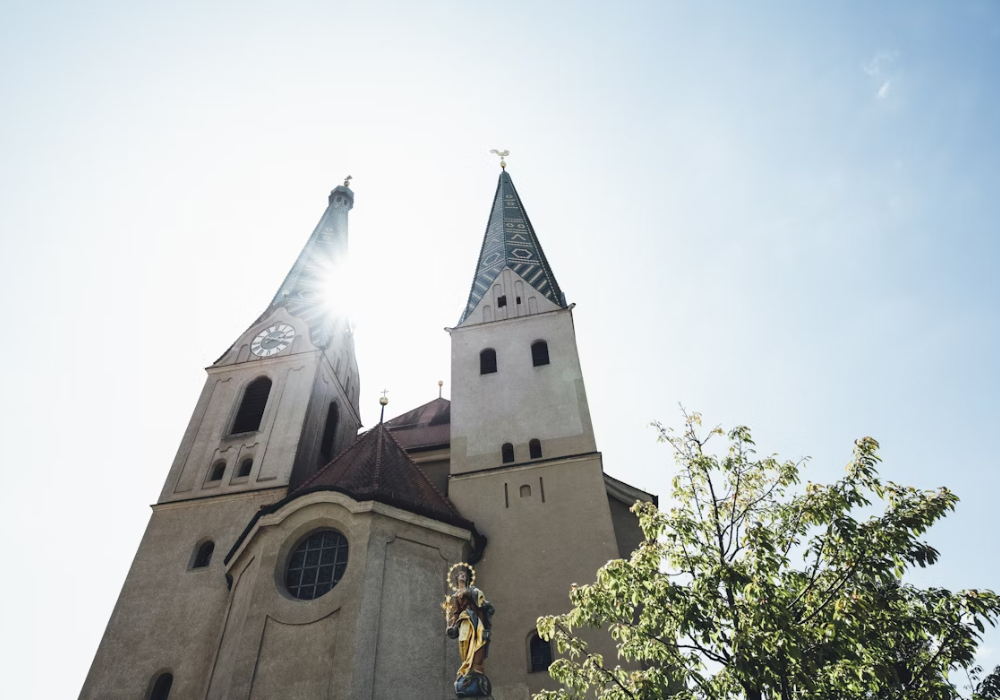
Why Historic Churches at Tourist Sites Are Investing in Smar...
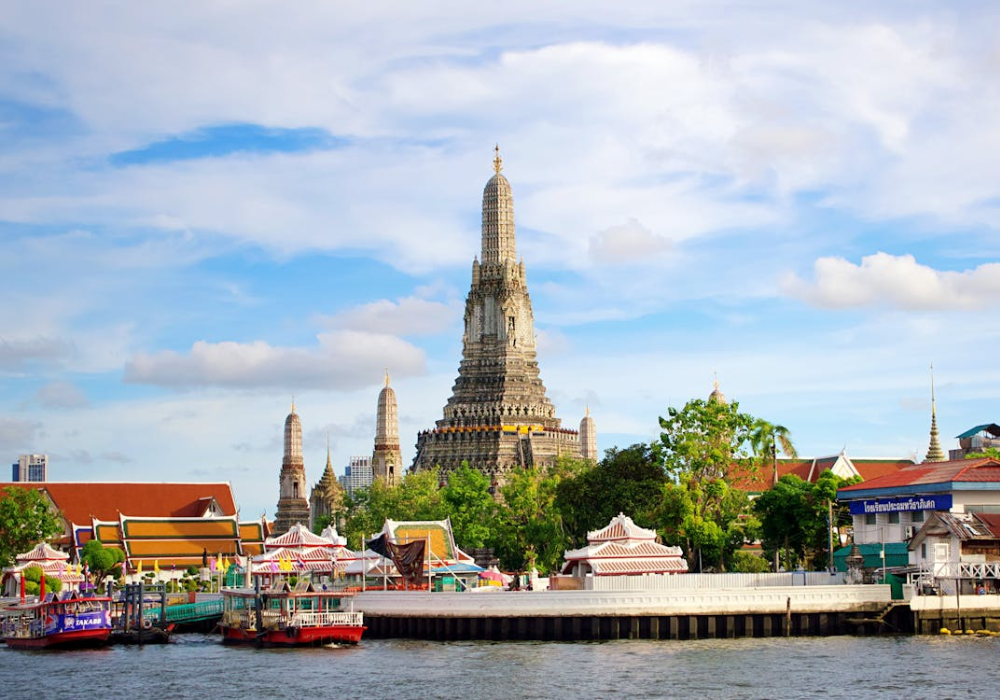
Secure Your Health in Thailand with Long-Term Coverage


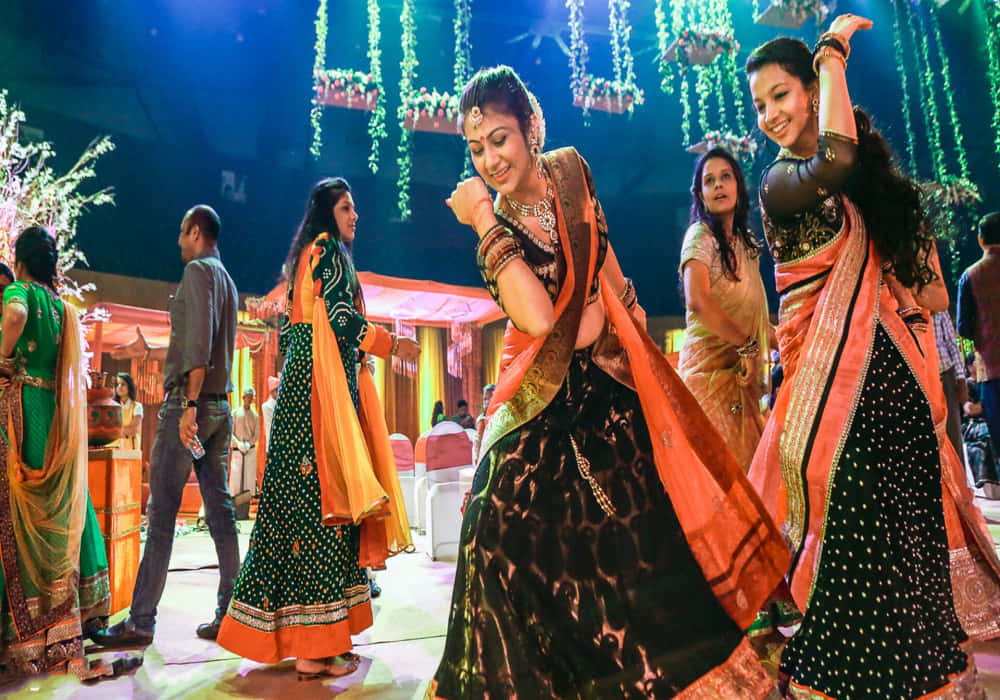
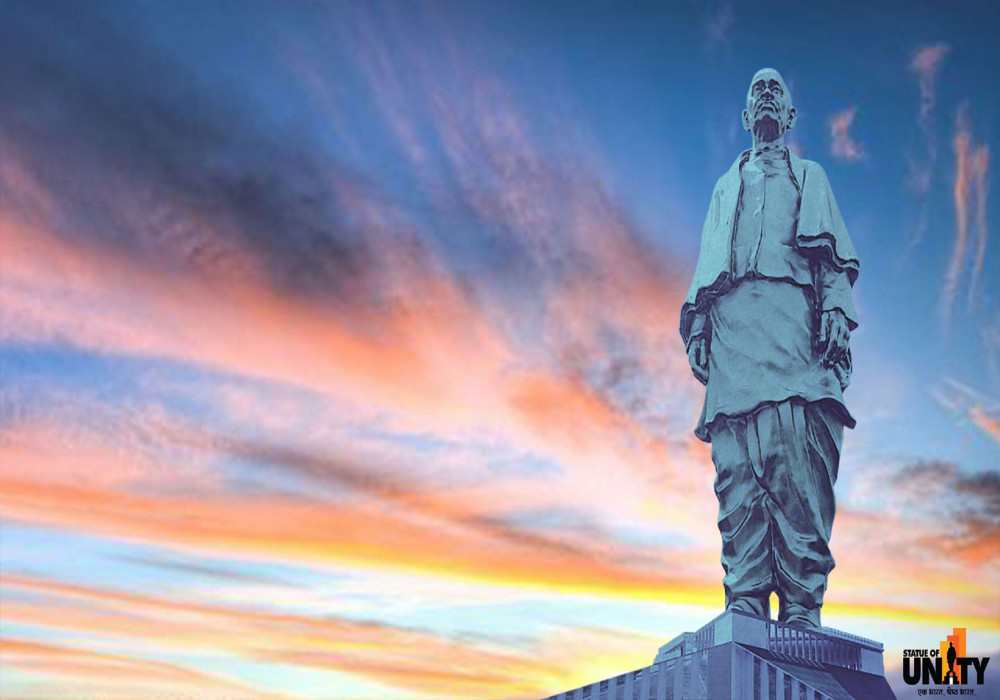
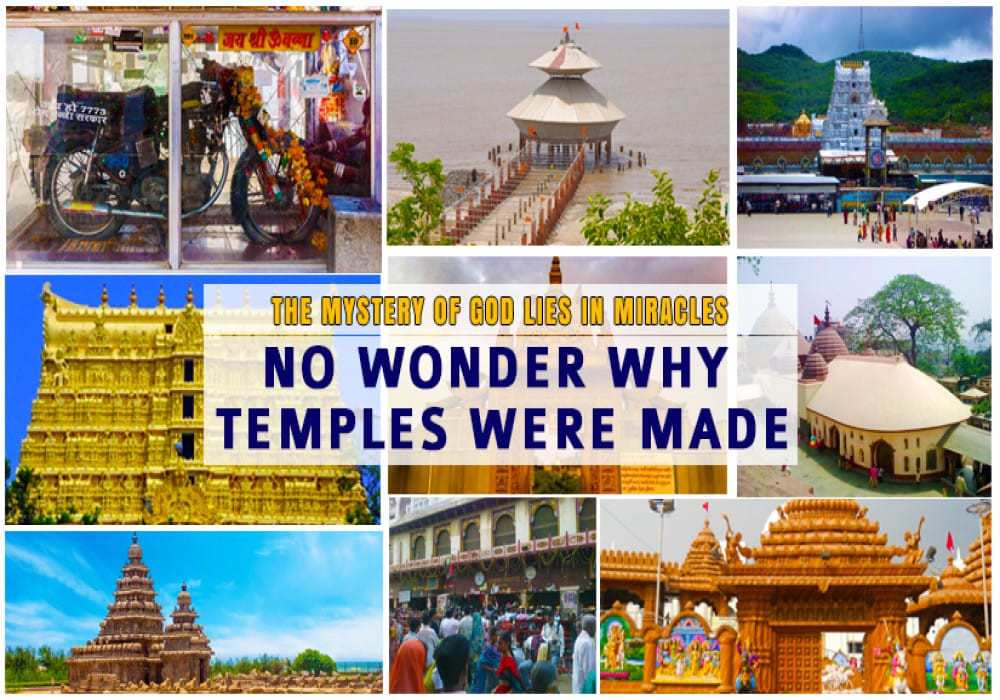
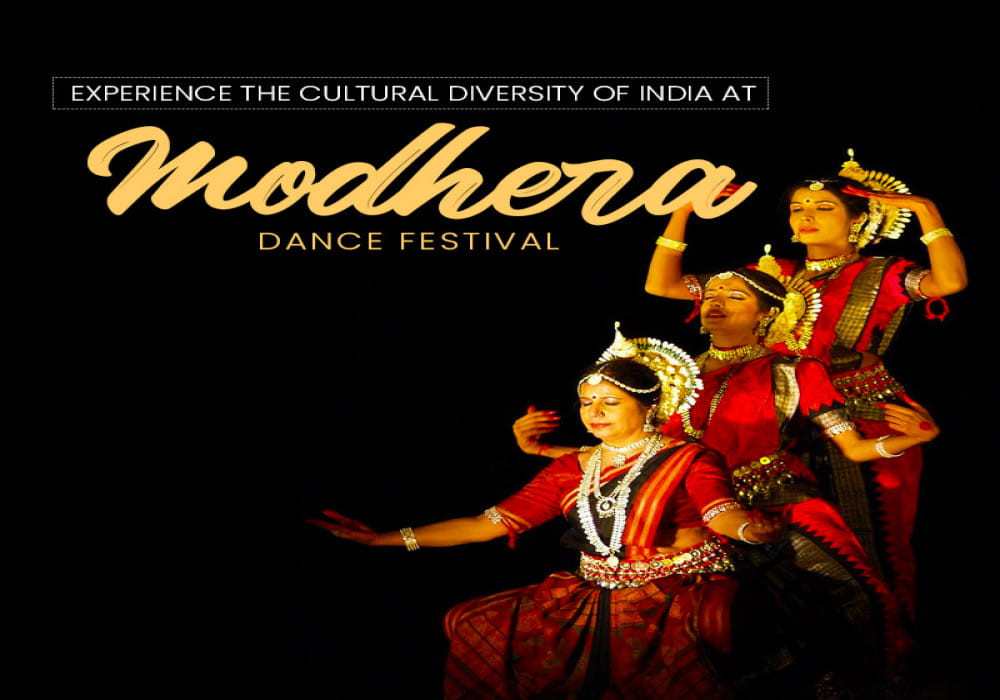
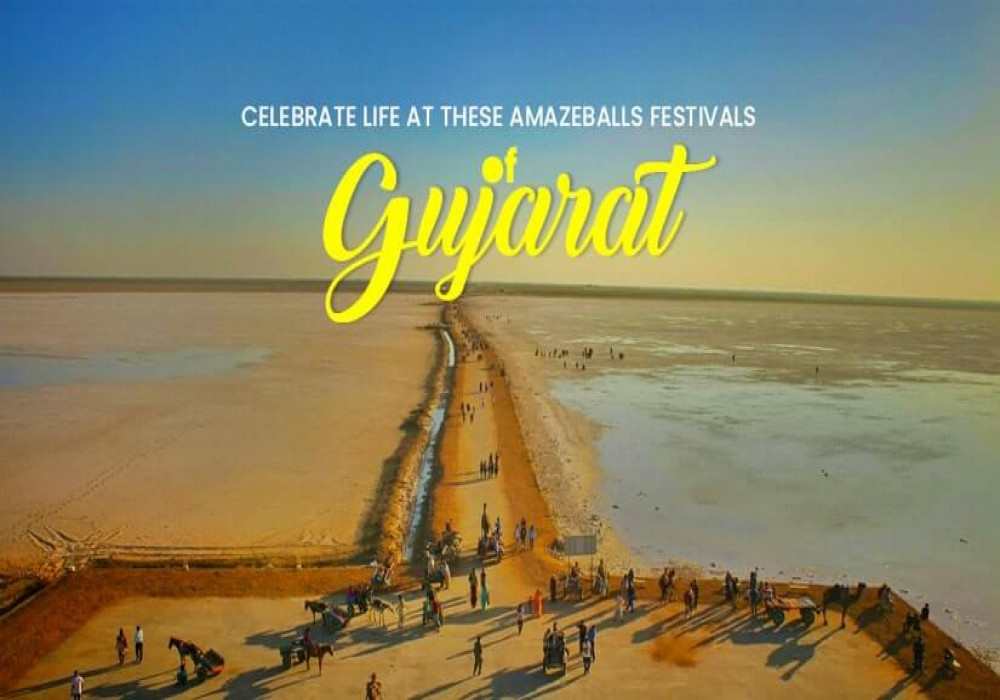
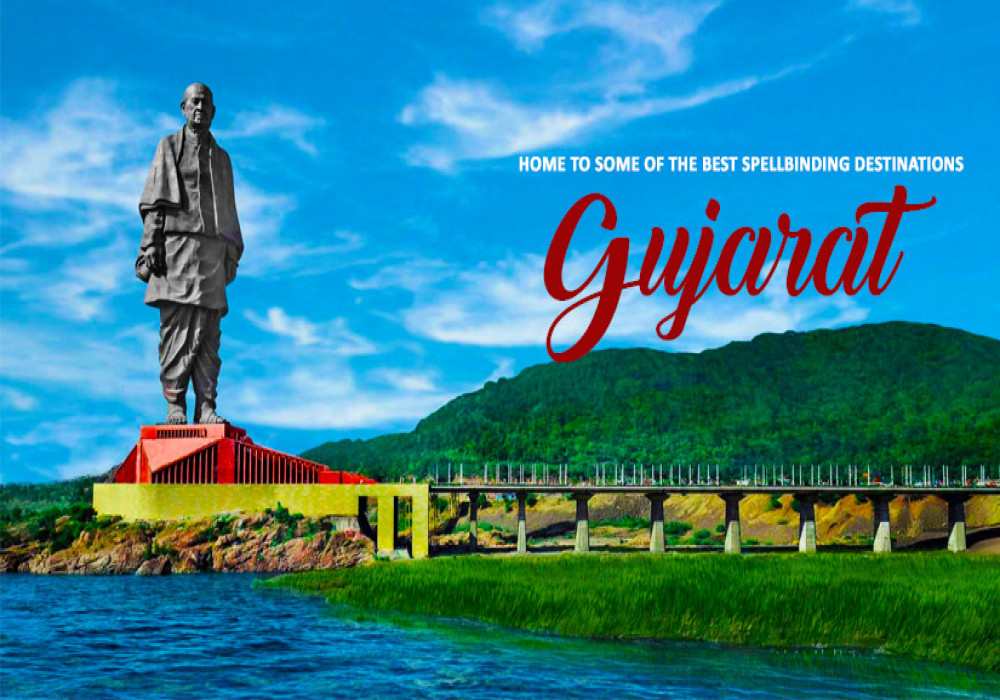
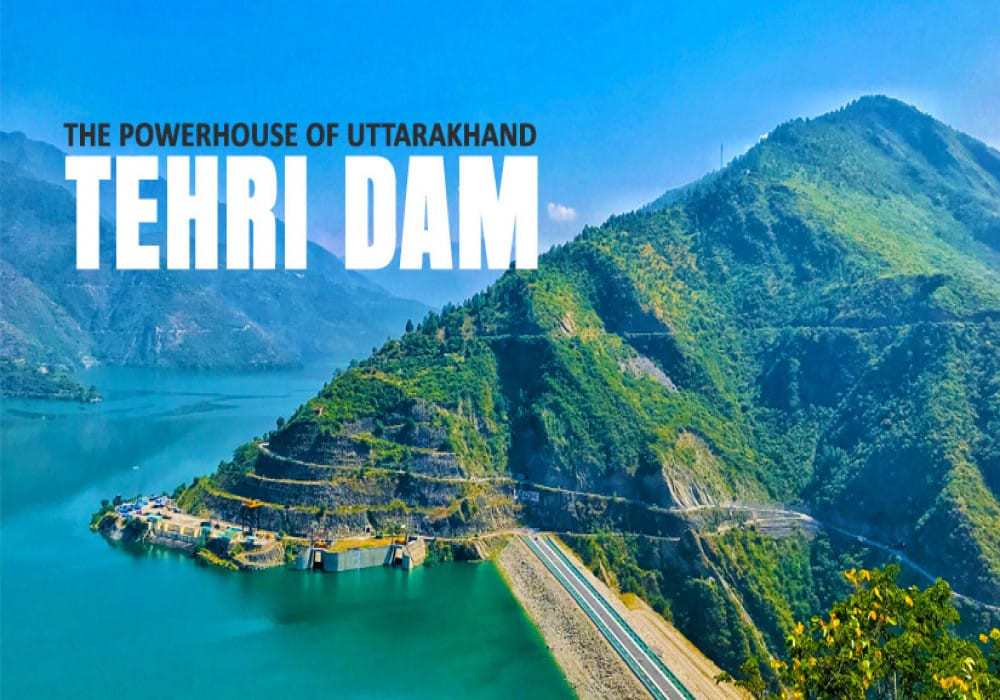
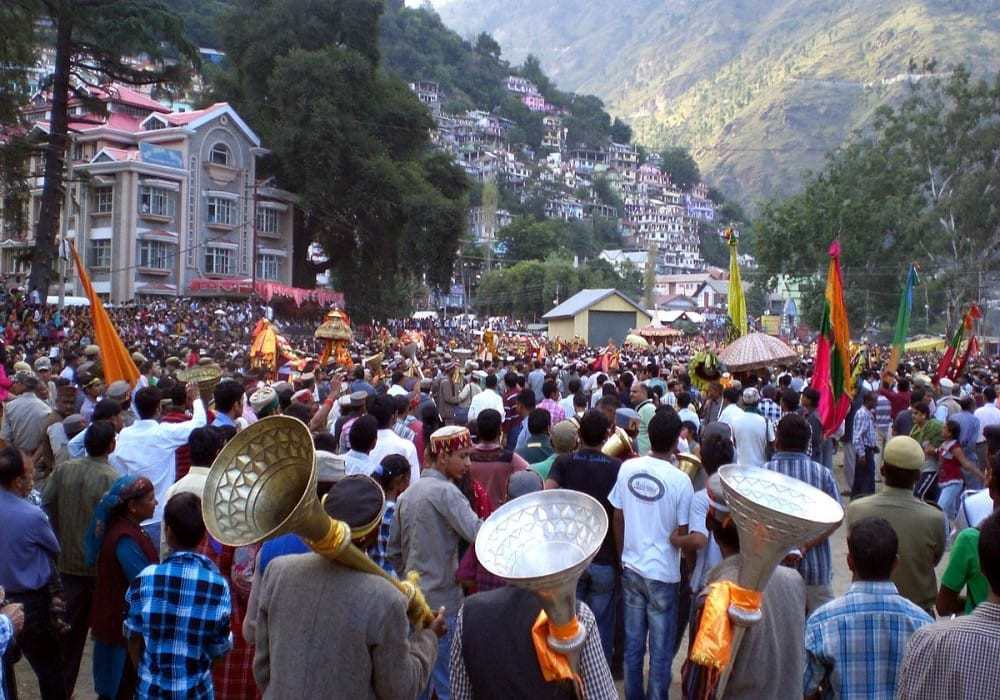


.jpg)
 Dubai
Dubai Malaysia
Malaysia USA
USA





